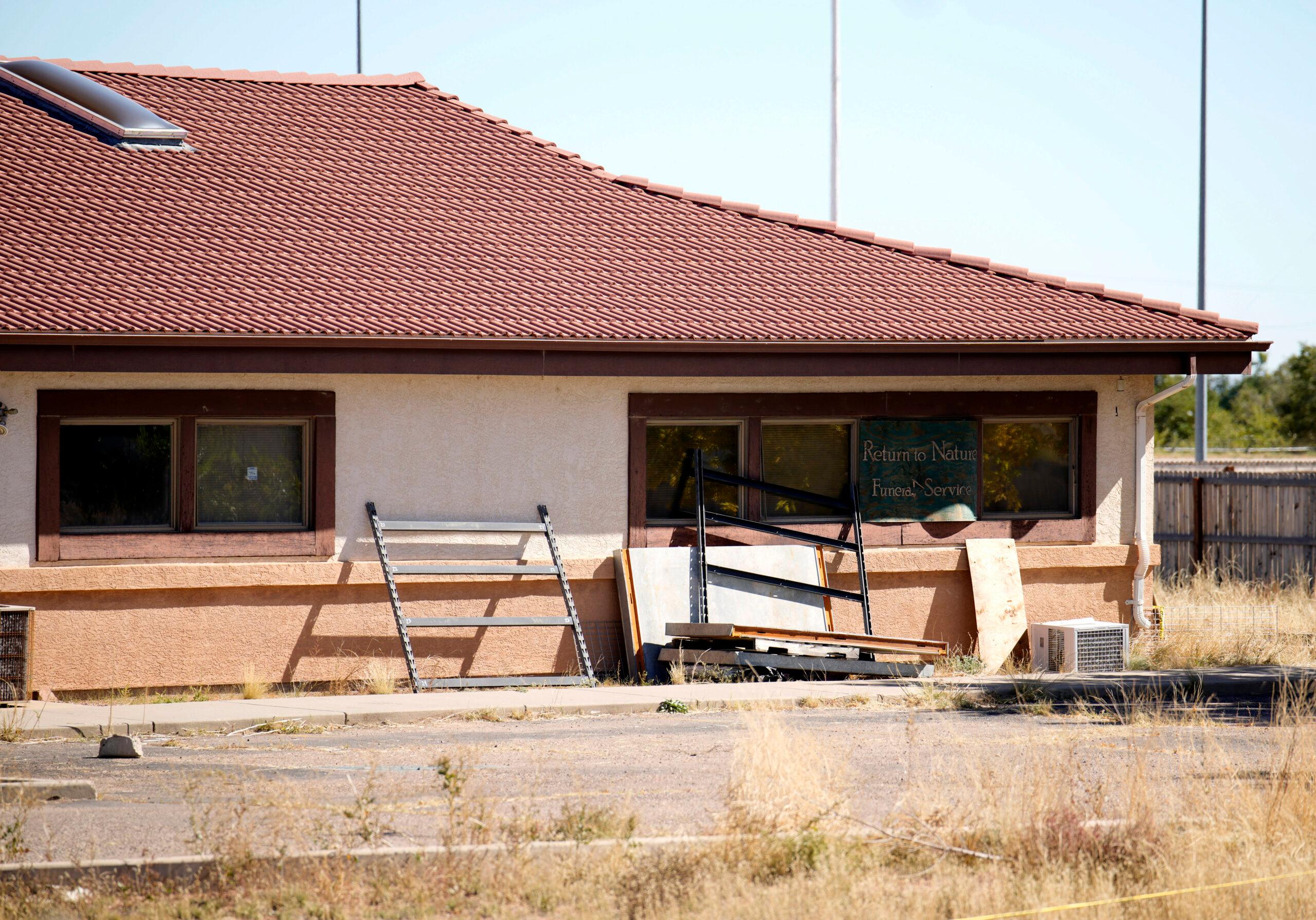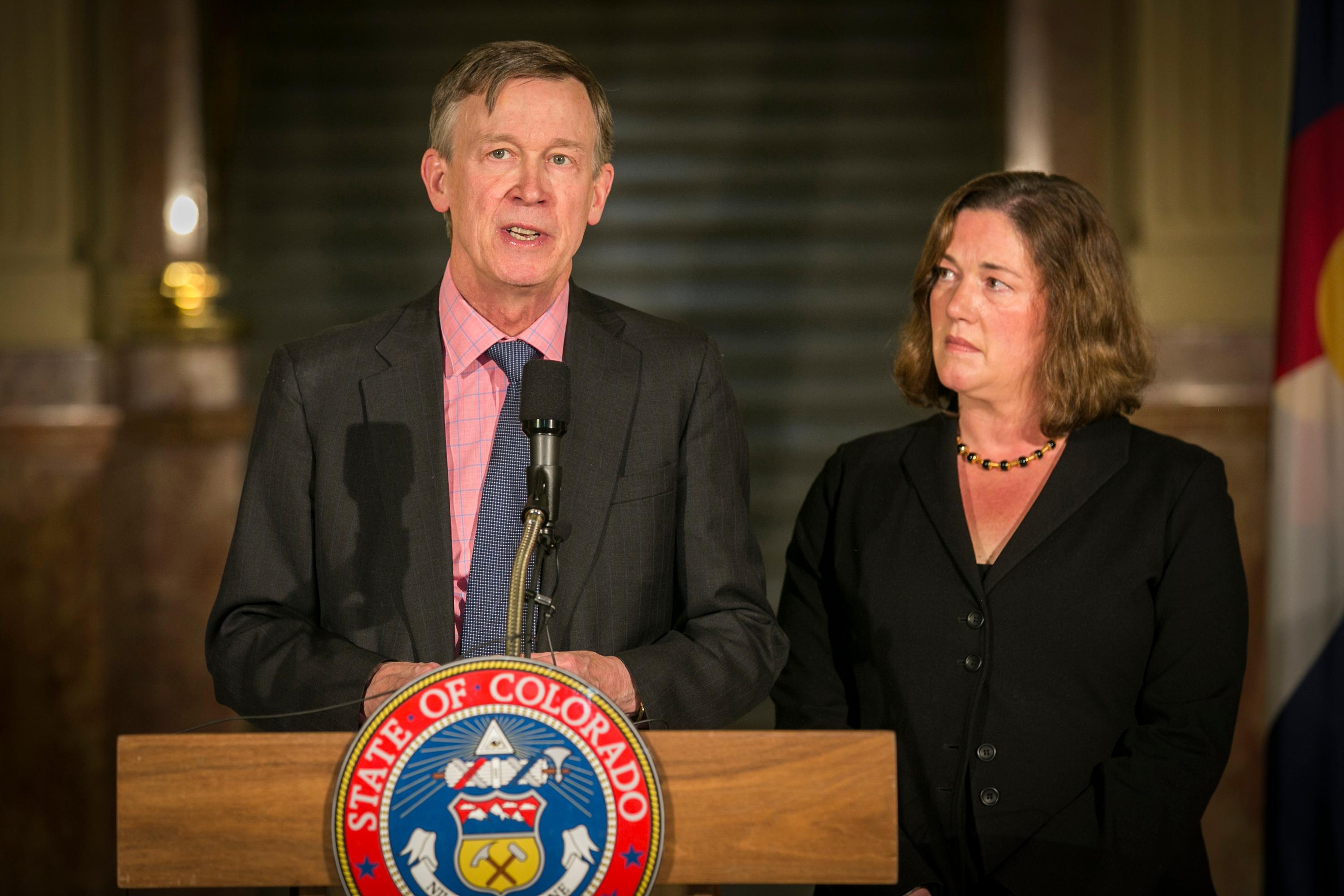
Colorado lawmakers will return next week to the state capitol for an emergency special session.
They’ll be considering a plan to reduce property tax rates. If they succeed, a group of business and conservative leaders could cancel its effort to enact a much bigger tax cut through a pair of November ballot initiatives.
It’s a highly unusual bit of politicking. The legislature rarely meets for special sessions, especially just months before a major election, and especially considering they just passed a new law on property taxes this spring.
Why are they talking about a compromise now?
Both sides are trying to avoid a showdown on the ballot.
On one side, the compromise measure is attractive to the business-conservative alliance. They could cancel their ballot measure campaign, saving a lot of money and effort while still claiming victory. If the ballot measures do move forward, the fight could get messy and expensive, since the deep tax cuts are drawing concerns from members of both parties, as well as housing developers.
“We’re getting two thirds of what we want, without then having to run an expensive campaign where you don't know exactly what happens in the end,” said Michael Fields, who is running the ballot measure campaigns with the group Advance Colorado.
On the other side, state lawmakers wouldn’t have to worry about the ballot measures passing, which could have significant effects on state and local budgets. Gov. Jared Polis has said that passing a compromise measure would be “de-risking” the election. It would also let elected leaders focus on their own races, instead of campaigning against tax cuts.
So, in theory, the two sides of this fight could trade uncertainty and costs for a guaranteed result — although there are certainly concerns and complaints about this last-minute process and who it benefits.
But what exactly is in this grand bargain?
In contrast to their apocalyptic descriptions of the two ballot measures, the legislative compromise has been called “slight,” “small,” and “a tweak,” by members of the bipartisan property tax commission that’s been working on this issue.
Based on CPR’s review of a draft proposal from last Friday, those are pretty reasonable descriptions. It would have only a fraction of the fiscal impact of the proposed ballot measures. It would even be smaller than some of the other property tax measures passed in recent years.
In its early years, the rate cuts would add up to:
- A reduction of about 2 percent in property tax rates for homeowners. That’s a savings of about $50 for a $500,000 home in an area with average tax burden.
- A reduction of about 7 percent for many non-residential owners, and more in the following years. That could be worth more than $800 for a typical $1 million property.
The changes, if approved, would kick in for property tax year 2025, which is payable in the year 2026. The reductions are in addition to larger rate cuts that were approved by state lawmakers earlier this year.
“I think we did the majority of the work [with the earlier law] during the session. And these small changes that we're looking at now just really finish the job, and make sure that we're not going to be fighting this out of the ballot,” said state Sen. Chris Hansen, a Democrat at the center of the negotiations.
The proposal would primarily work by reducing one component of the property tax formula, known as the “assessment rate.”
When that rate goes down, property owners across the state get a discount because they are being taxed on a smaller portion of their property’s value. (The changes would not affect local mill levies, a tax variable that can be dramatically different from city to city.)
In all, the changes are expected to add up to about $270 million in savings for taxpayers in the 2025 tax year. That money stays in taxpayers’ bank accounts instead of going to local services and to schools, although the state will make up some of the effect on schools. That’s in addition to more than $1 billion of discounts from the cuts passed in May.
Even with the changes, homeowners will still see their tax bills increase in tax year 2025, compared to the current tax year. That’s because homeowners are already getting a temporary discount on their property taxes.
While the compromise deal will create lower permanent rates, it isn’t as generous to homeowners as the current temporary rates, which expire after this tax year.
The compromise proposal also includes a couple rules that are meant to avoid sudden hikes in future property tax bills. When values of existing properties rise too fast, automatic caps would start temporarily reducing tax rates.
The most recent tax law imposed a similar cap for the portion of people’s tax bill that goes to local governments, but the new proposal expands it to include funding for schools and tightens the cap for local governments. The proposed new cap would kick in for local governments when values grow faster than 5.25 percent per year, while the school cap would be 6 percent or more, depending on inflation and enrollment.
The proposal also includes some statewide brakes on tax growth.
What would happen if voters approved the ballot measures instead?
In contrast, the tax cuts proposed for the November election would be much more dramatic.
Initiative 108 would slash property taxes by roughly 15 percent for a typical home in the upcoming tax year. That adds up to a discount of more than $400 compared to the status quo, a big enough change that tax payments would actually decrease compared to this year.
The effects would be even larger for commercial properties.
Meanwhile, a proposed constitutional amendment, Initiative 50, would put a statewide limit on property tax revenues, forcing cuts to rates around the state if revenues grow more than 4 percent annually.
The rate cuts would add up to close to $2 billion per year, compared to current law, according to state analysts.
Local and state officials from both parties have warned that the cuts would deny needed money for schools and services, especially in rural areas that have lagged in property tax revenues. It also would affect the state budget, with the state government obligated to redirect hundreds of millions of dollars, or more, from other areas to make up for some of the effects on schools and local services.
“To balance would require re-establishing the budget stabilization factor, significant cuts to higher education and Medicaid Providers, and impact local funding,” the Office of State Planning and Budgeting warned in a presentation. The budget stabilization factor is the state’s euphemism for putting less money into schools than what is required by law.
Developers also have warned that the statewide cap in Initiative 50 could disrupt financing for new housing.
The backers of the cuts argue that after major recent growth in property values, local districts should be able to deal with a rate cut. And they argue the state can always find more savings in its own budget.
But for now, it appears that the tax-cut campaigners are willing to settle for much less — assuming that the plan can survive the debate and negotiations during next week's special session.
The special session may surface numerous competing priorities, including questions about whether the legislature should do more to help renters, too. On the other hand, some conservatives want to see stronger restrictions on tax growth, like Natalie Menten, a candidate for Jefferson County commissioner.
“There's still serious flaws and holes and gaps within the framework that was presented,” she said.
The special session is expected to wrap up within three days. Lawmakers have a narrow window to act, as Sep. 6 is the last day to withdraw an initiative before ballots go to the printer.









